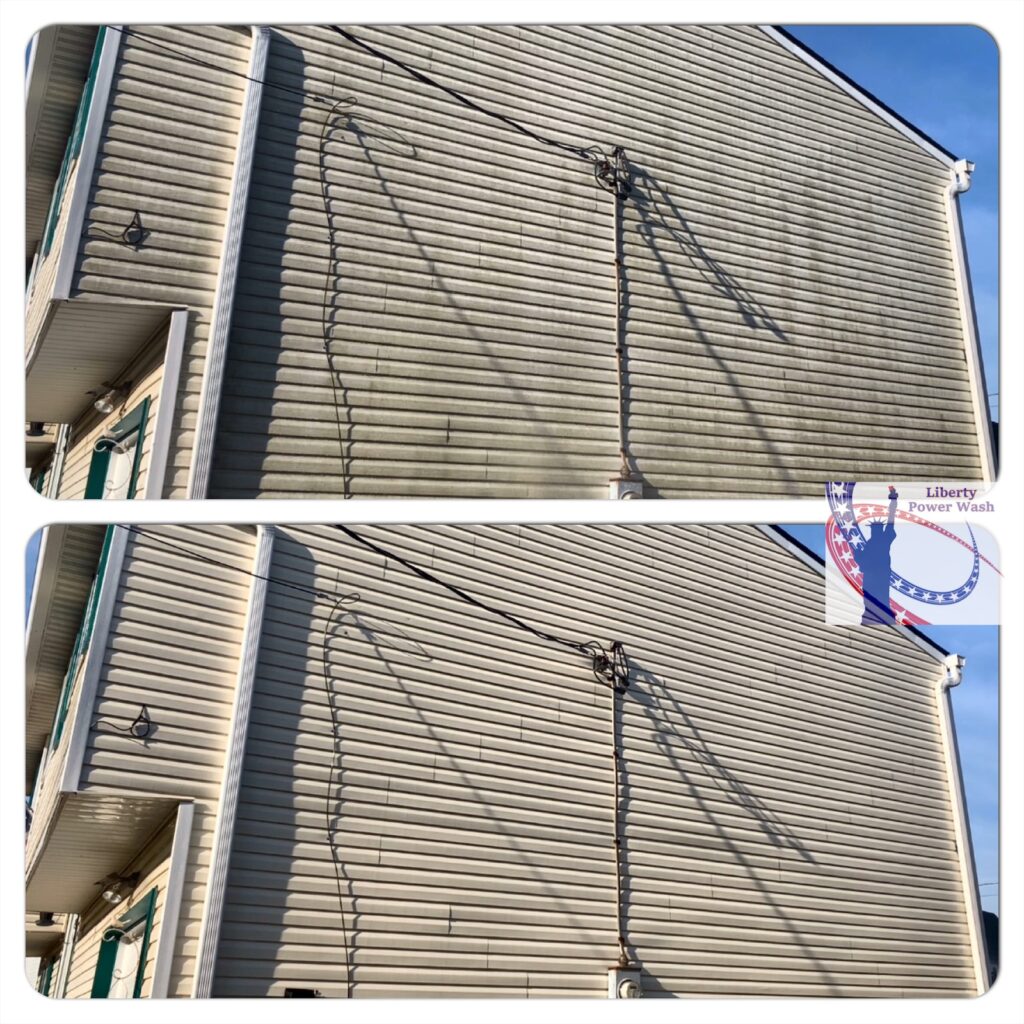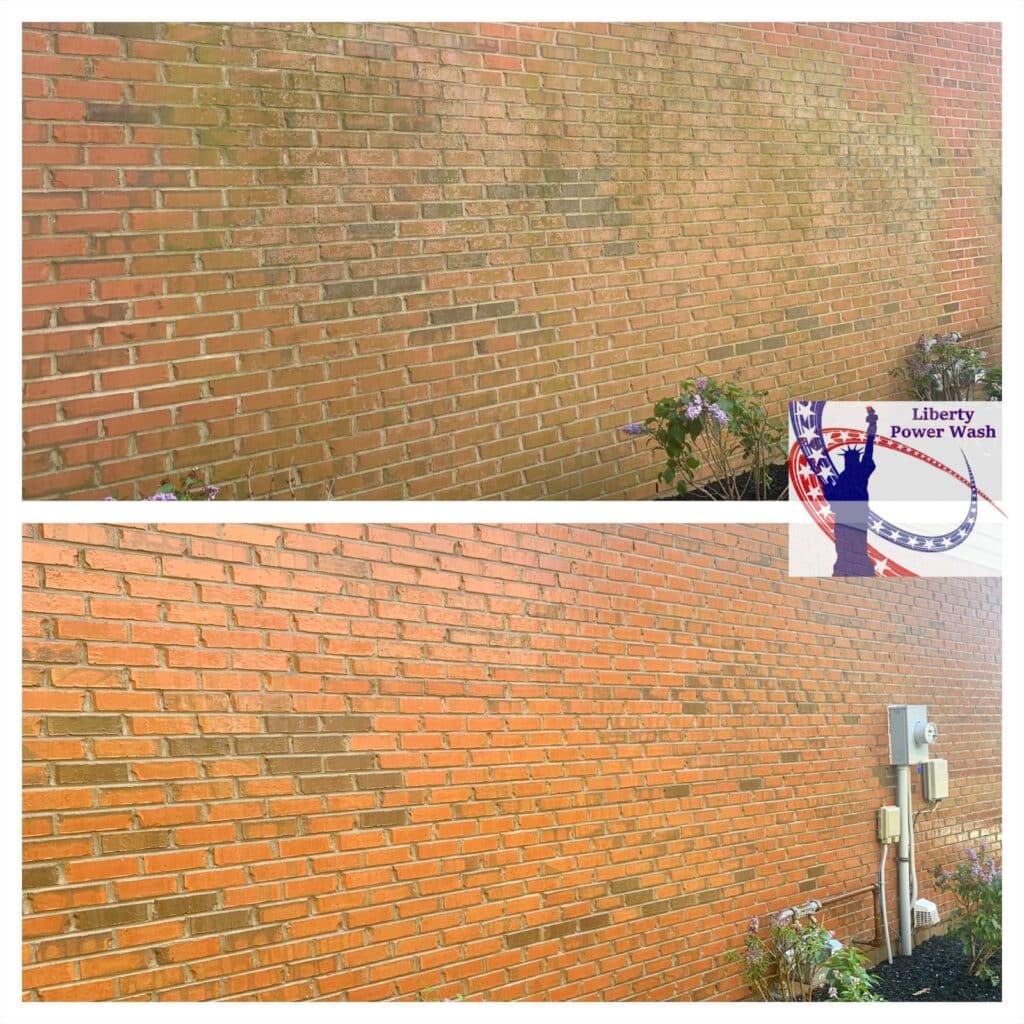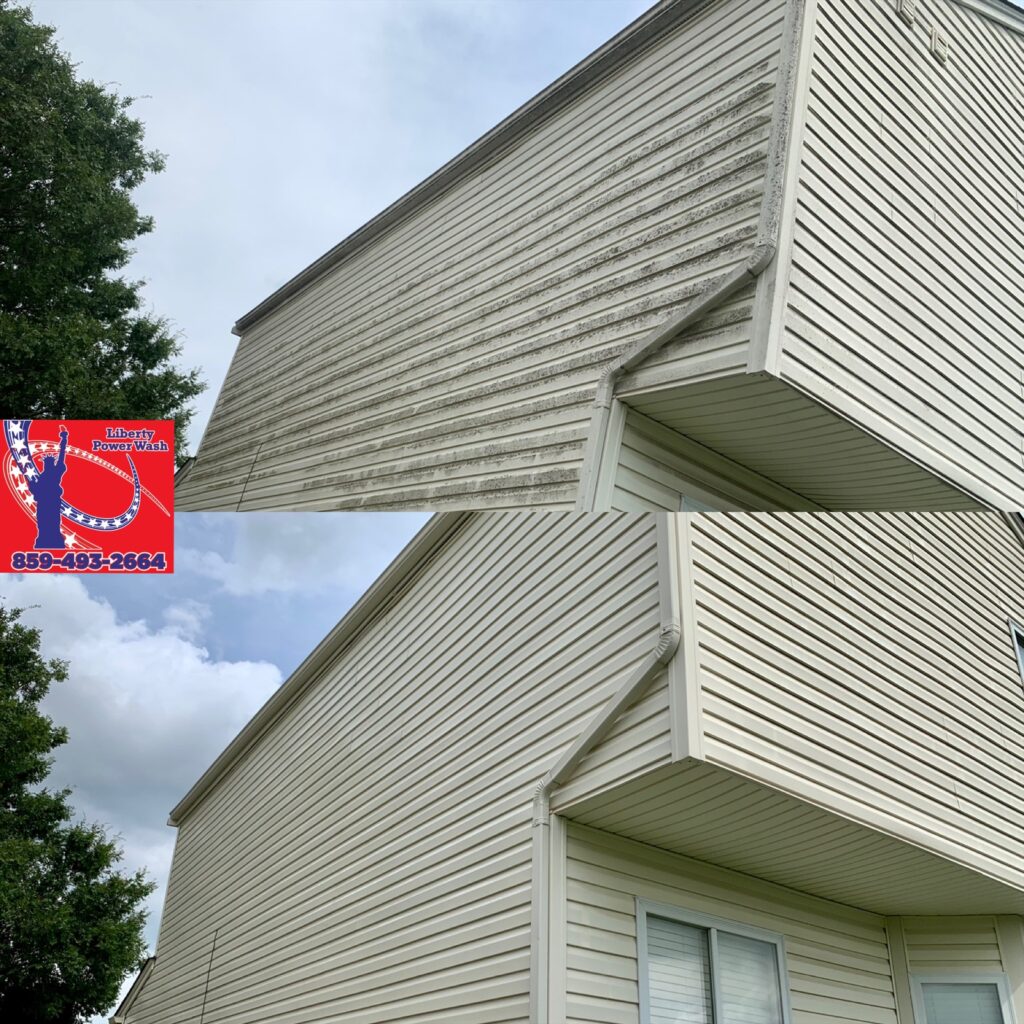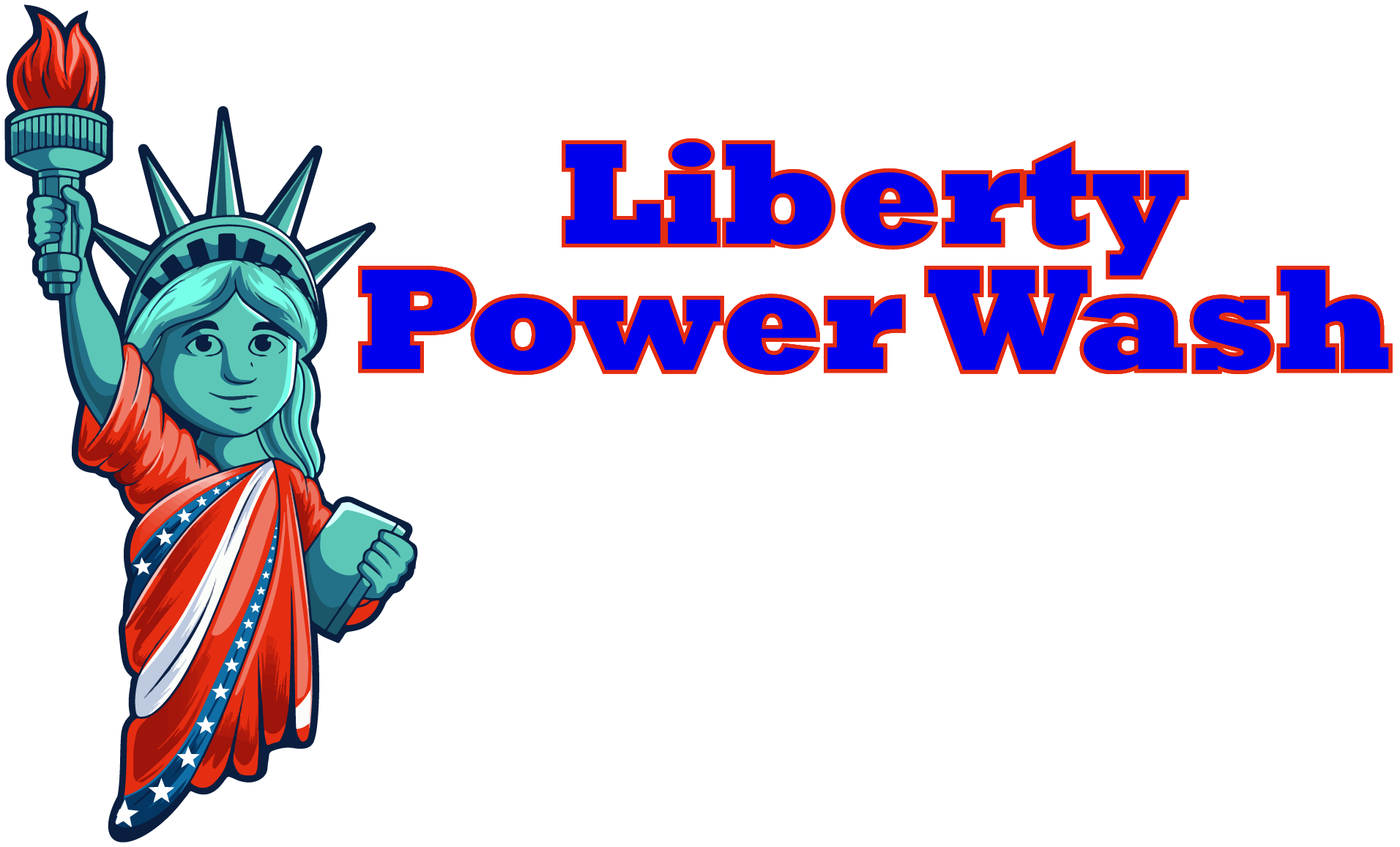With spring just around the corner, it is time to start thinking about how you plan to freshen up your property. One well-loved method is to add a fresh coat of paint to the exterior of your home. This can make a house feel like a whole new building, but don’t get ahead of yourself. You must not forget to pressure wash before you paint.

Why Is It Important to Pressure Wash Before You Paint?
Pressure washing is an incredibly helpful technique. The highly pressurized water packs a big punch, and the method offers convenience, allowing homeowners to quickly and thoroughly clean a home’s exterior. With all this in mind, why is it so important to pressure wash before you paint?
Any painter knows the job is much easier when you have a clean slate. This is perhaps especially true when painting a building’s exterior walls. Particulates in or under the paint job can compromise the coating’s appearance, and painting without cleaning the walls first runs the risk of trapping mold and mildew underneath the veneer.
Pressure washing exterior walls before painting them ensures that paint can adhere properly to the surface. If you clean your home’s exterior thoroughly, your paint will last longer than if you don’t. An hour of cleaning can add years to your paint’s longevity.
Know Your Stuff
We should clarify: it is not enough to merely pressure wash before you paint. You must pressure wash properly if you want to have a positive painting experience. The nozzle and pressure settings you use matter. If your nozzle is too focused or your pressure set too high, you run the risk of inflicting serious damage on the surface you plan to paint.
Keep the surface you’re painting in mind. The pressure washing methods you use should reflect what’s being washed. For example, power washing (which utilizes high heat in addition to pressure) can cause more damage than soft washing techniques. Vinyl should be treated with kit gloves. Areas affected by wood rot will need to be repaired or replaced before they can be pressure washed. The mortar between bricks does not hold up well under pressure and requires careful finessing to clean.
If you are at all worried about doing the job right, let the professionals facilitate your pressure wash before you paint to avoid damage to your home.

The Best Way to Apply Exterior Paint
If you take our advice and pressure wash before you paint, you will have your canvas ready. Your next step is to choose how you want to apply your home’s exterior paint. You have a few options, each with its pros and cons. You also have the choice to let a professional painting service handle the job.
Paint Spraying
Paint spraying involves using a paint sprayer to apply aerosolized paint to the surfaces being painted. The process is quicker than painting by hand, though that advantage may be lost in the copious amount of prep work required. Any surfaces not being painted need to be completely covered with plastic tarping to shield them from airborne paint particles.
With the cost of tarping, the pair sprayer (either to buy or to rent), and personal protective gear like goggles and gas mask, paint spraying is the more expensive option. It is also not very forgiving for beginners because getting an even coat takes a lot of practice.
In addition to facilitating a quicker application, paint spraying allows a painter to reach where a brush cannot. That being said, spraying is terrible for painting smaller or more intricate areas because it tends to puddle in crevices and corners. “Cutting” paint into such areas is better even if the rest of the paint is applied with a sprayer.

Brush Application
As the name implies, this painting method uses paint rollers or brushes to apply a deliberate and enduring coat of paint. This method is often more cost-effective but more time-consuming and labor-intensive. Using a brush makes detail work easier, and the amount of prep work required is minimal when compared with using a paint sprayer.
The Best of Both Worlds
Paint spraying with back rolling is a combination of the two aforementioned methods. The paint is sprayed on and then pressed into the walls for better adhesion. Two people work simultaneously, one spraying and one rolling, so the paint can be pressed into the walls immediately after application. This technique offers the speed of spraying and the durability of rolling.
